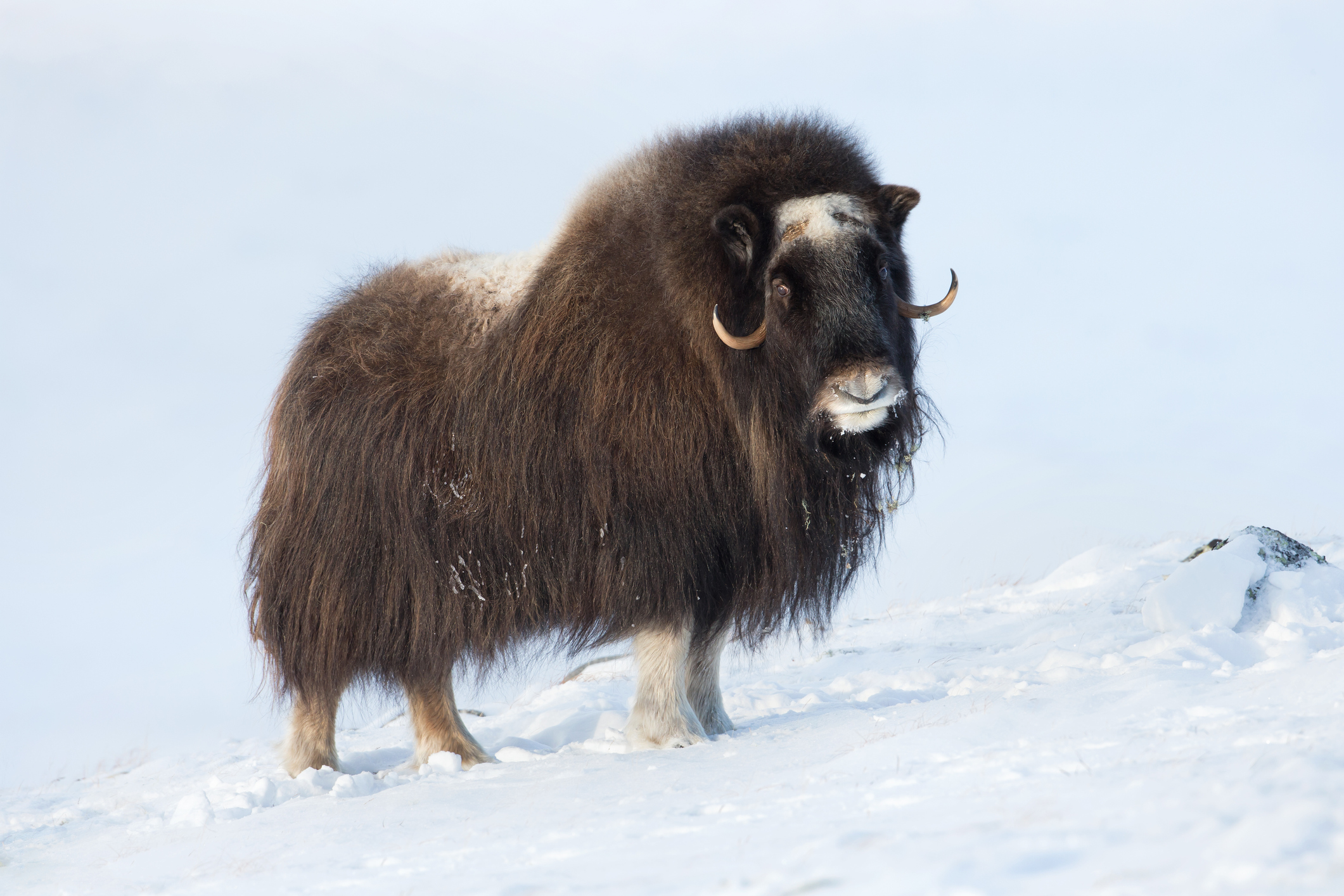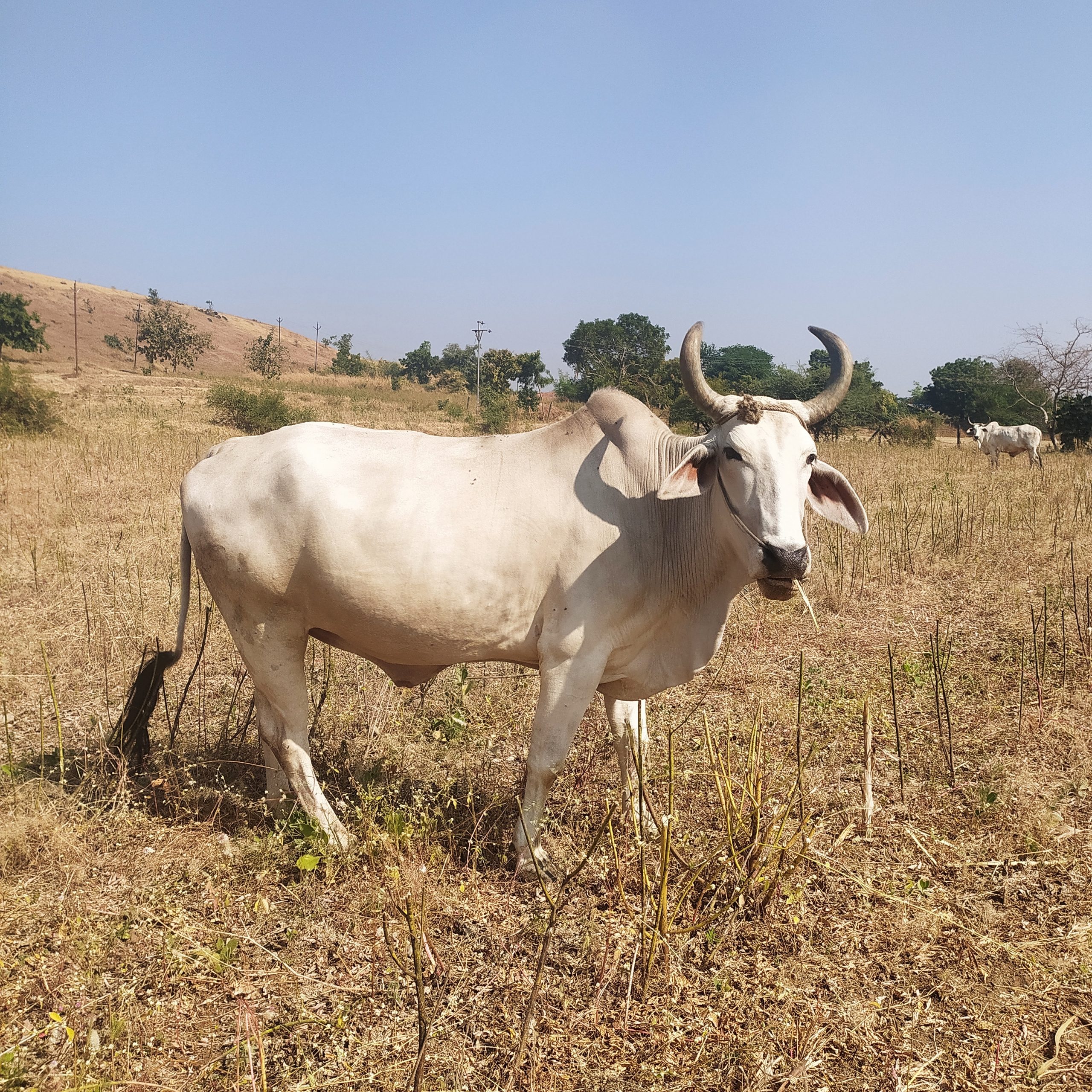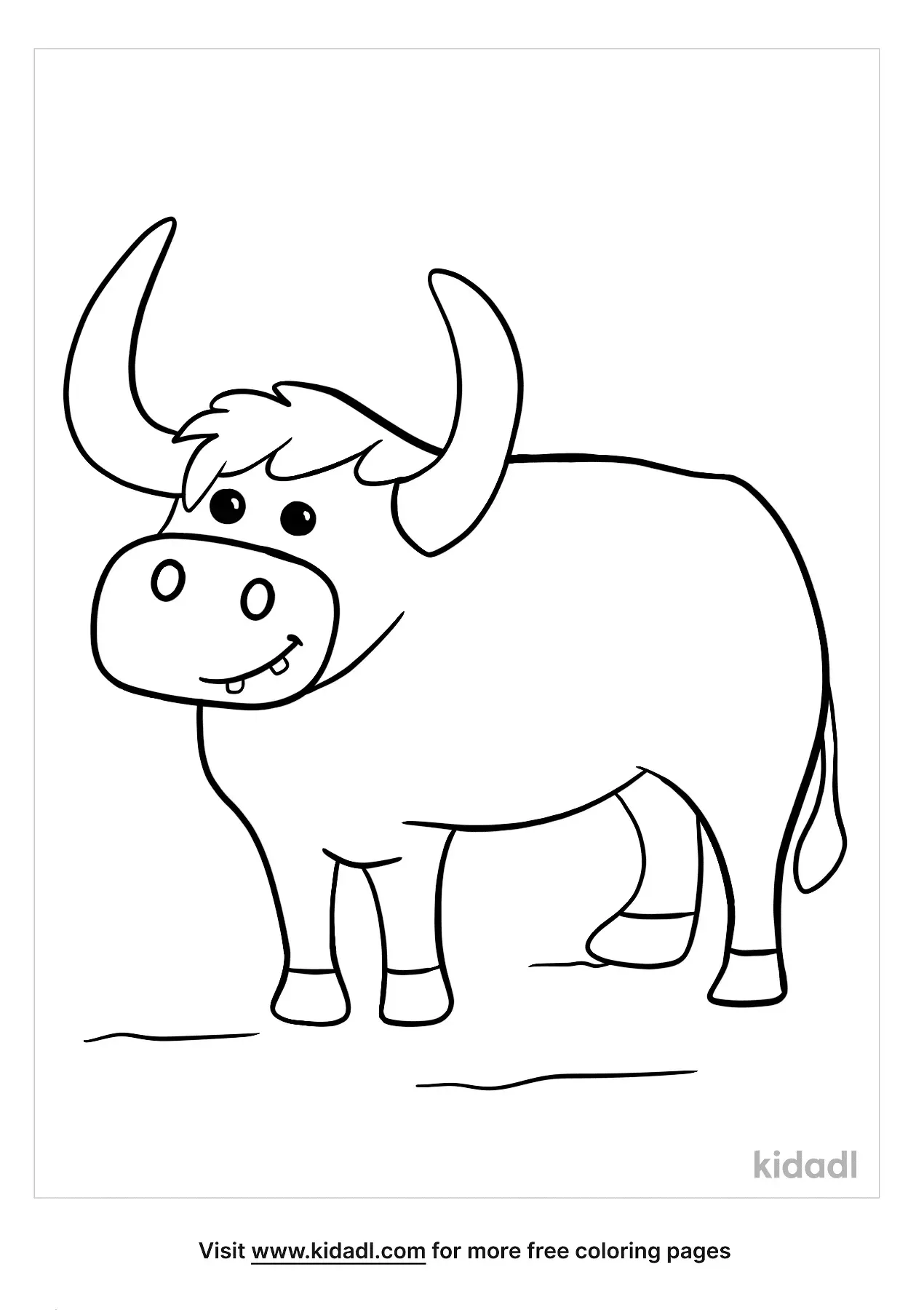Ox: The Unsung Hero Of The Farm, Fields, And Beyond!
When it comes to hardworking animals, the ox is a true legend. Whether you're talking about farming, transportation, or even cultural symbolism, this beast of burden has been shaping human history for centuries. But how much do we really know about the ox? Let's dive into the world of these powerful creatures and uncover the secrets behind their strength and significance.
Picture this: a farmer in the middle of a vast field, guiding an ox as it pulls a plow through the soil. That image might seem outdated in our modern world of tractors and machinery, but the ox still plays a vital role in many parts of the globe. From small villages in Asia to the sprawling landscapes of Africa, these animals continue to be indispensable partners for people who rely on agriculture.
So, why exactly should we care about oxen? Well, they’re not just strong—they’re also smart, adaptable, and full of character. In this article, we’ll explore everything you need to know about oxen, from their biology to their cultural importance. Think of it as your ultimate guide to understanding one of nature’s most underrated powerhouses.
- Movie Movierulz The Ultimate Guide To Navigating The Streaming World
- 4 Movierulz In Kannada Your Ultimate Guide To Streaming And Downloading Movies
What Exactly Is an Ox?
Let’s start with the basics. An ox (plural: oxen) is essentially a castrated adult male cattle that has been trained to work. While bulls can be wild and unpredictable, oxen are calmer and easier to manage, making them perfect for tasks like pulling carts or plowing fields. But don’t let their laid-back demeanor fool you—these guys pack serious muscle!
Now, here’s where things get interesting. Not all oxen are created equal. Different breeds of cattle can be trained to become oxen, and each breed brings its own unique strengths to the table. For instance, some oxen are better suited for heavy-duty work, while others excel at speed and agility. It’s kind of like choosing the right tool for the job!
Fun fact: Oxen aren’t just limited to traditional farming. In recent years, they’ve gained popularity among eco-conscious farmers who want to reduce their reliance on fossil fuels. Talk about going green!
- Hindi Movies Download Your Ultimate Guide To Streaming And Downloading Indian Cinema
- Hdhub4u In 2024 Your Ultimate Guide To The Streaming World
The Biology of an Ox
Physical Characteristics
When you think of an ox, the first thing that probably comes to mind is their sheer size. These animals are built like tanks, with broad shoulders, sturdy legs, and a thick coat of fur that protects them from the elements. Depending on the breed, an ox can weigh anywhere from 1,000 to 3,000 pounds, making them one of the strongest land animals on the planet.
But it’s not just their physical strength that sets them apart. Oxen also have incredible endurance, allowing them to work long hours without getting tired. Their hooves are designed for traction, which helps them navigate rough terrain, and their horns provide additional balance and leverage when pulling heavy loads.
Diet and Nutrition
Feeding an ox is no small feat. These animals require a diet rich in protein, fiber, and essential nutrients to maintain their strength and energy levels. Most oxen thrive on a combination of grass, hay, grains, and supplements, depending on their workload and environment.
Interestingly, oxen have a special digestive system that allows them to break down tough plant material more efficiently than other animals. This means they can survive on lower-quality forage when food is scarce, making them ideal for areas with limited resources.
The Role of Oxen in Agriculture
Historical Significance
Throughout history, oxen have been instrumental in shaping the agricultural landscape. From ancient Egypt to medieval Europe, these animals have been used to cultivate crops, transport goods, and even build infrastructure. In fact, many early civilizations wouldn’t have been able to thrive without the help of oxen.
One of the reasons oxen were so popular in ancient times is because they were relatively easy to care for compared to other draft animals. Unlike horses, which require specialized equipment and grooming, oxen can be trained using simple tools and techniques. This made them accessible to farmers of all skill levels.
Modern Applications
Fast-forward to today, and you’ll find that oxen are still relevant in many parts of the world. In developing countries, they remain a crucial part of the agricultural workforce, providing affordable and sustainable solutions for small-scale farmers. Even in developed nations, some farmers are rediscovering the benefits of using oxen as a way to reduce costs and minimize environmental impact.
For example, organic farms in the United States are increasingly turning to oxen as an alternative to tractors. Not only does this approach save money on fuel and maintenance, but it also promotes soil health by avoiding compaction caused by heavy machinery.
Cultural Symbolism of Oxen
Religious and Mythological References
Throughout history, oxen have held a special place in various religious and mythological traditions. In Hinduism, the bull (a close relative of the ox) is often associated with strength, fertility, and prosperity. Similarly, in Christianity, the ox is sometimes depicted as a symbol of sacrifice and humility.
Even in modern pop culture, oxen continue to inspire artists and writers. From children’s books to animated films, these animals are often portrayed as loyal companions with big hearts—a testament to their enduring appeal.
Festivals and Celebrations
In many cultures, oxen are celebrated during festivals and special occasions. For instance, in parts of India, oxen are adorned with colorful decorations and paraded through the streets during harvest festivals. These events not only honor the animals but also highlight their importance in local communities.
Meanwhile, in some African tribes, oxen are considered sacred creatures that bring good fortune to their owners. As a result, they are treated with great respect and care throughout their lives.
Training and Handling Oxen
Basic Training Techniques
Training an ox requires patience, consistency, and a lot of TLC. The process typically begins when the animal is still a calf, allowing it to grow up accustomed to human interaction. Over time, trainers use positive reinforcement techniques, such as treats and praise, to teach the ox basic commands like "go," "stop," and "turn."
It’s worth noting that not everyone is cut out to train oxen. This job demands a deep understanding of animal behavior, as well as the ability to communicate effectively with these gentle giants. That’s why experienced handlers are highly valued in the farming community.
Common Challenges
Of course, training an ox isn’t without its challenges. Some of the most common obstacles include:
- Resistance to new commands
- Fear of unfamiliar environments
- Injury or illness
Despite these hurdles, most trainers agree that the rewards far outweigh the difficulties. Watching an ox develop into a skilled worker is one of the most satisfying experiences a farmer can have.
Environmental Impact of Oxen
Sustainable Farming Practices
As concerns about climate change continue to grow, more and more people are looking for ways to reduce their carbon footprint. One solution gaining traction is the use of oxen in place of fossil-fuel-powered machinery. By relying on these animals, farmers can significantly cut down on greenhouse gas emissions while promoting soil conservation.
Additionally, oxen contribute to biodiversity by spreading seeds and fertilizing the land naturally. This creates a healthier ecosystem that benefits both humans and wildlife alike.
Challenges and Limitations
While oxen offer many environmental advantages, they’re not without their drawbacks. For one, they require a significant amount of space and resources to thrive. This can be a challenge for farmers operating on limited land or with tight budgets.
Moreover, oxen aren’t as fast or efficient as modern machinery, which means they may not be suitable for large-scale operations. However, for those willing to embrace a slower pace of life, the benefits often outweigh the limitations.
Health and Welfare of Oxen
Common Health Issues
Like any living creature, oxen are susceptible to a variety of health problems. Some of the most common issues include:
- Foot rot
- Parasitic infections
- Nutritional deficiencies
To keep their oxen healthy, farmers must stay vigilant and provide regular check-ups. This includes monitoring their diet, ensuring proper hoof care, and vaccinating against preventable diseases.
Welfare Considerations
Animal welfare is a top priority for responsible ox handlers. This means providing adequate shelter, clean water, and enough space for the animals to move freely. It also involves treating them with kindness and respect, recognizing that they are sentient beings capable of feeling pain and pleasure.
Fortunately, there are many organizations dedicated to improving the lives of working animals, including oxen. These groups offer education, resources, and support to farmers and handlers around the world.
Future of Oxen in Agriculture
Emerging Trends
As technology continues to evolve, the role of oxen in agriculture may shift in unexpected ways. For example, researchers are exploring the potential of using GPS tracking systems to monitor oxen movements and optimize their workloads. Similarly, advances in veterinary science could lead to improved health outcomes for these animals.
At the same time, there’s a growing movement to preserve traditional farming methods, including the use of oxen. Advocates argue that maintaining these practices not only honors cultural heritage but also promotes sustainability and resilience in the face of climate change.
Challenges Ahead
Despite their many advantages, oxen face several challenges in the years to come. Competition from mechanized equipment, changing consumer preferences, and economic pressures all threaten their continued relevance in the agricultural sector.
However, with the right support and innovation, there’s no reason why oxen can’t remain an important part of our farming landscape for generations to come.
Conclusion
In conclusion, oxen are truly remarkable animals that deserve our admiration and respect. From their incredible strength and endurance to their cultural and environmental significance, there’s so much to appreciate about these unsung heroes of the farm.
So, the next time you see an ox hard at work, take a moment to reflect on the countless ways they’ve shaped our world. And if you’re feeling inspired, why not share this article with a friend or leave a comment below? Together, we can help shine a light on these amazing animals and ensure their legacy lives on!
Table of Contents
- What Exactly Is an Ox?
- The Biology of an Ox
- The Role of Oxen in Agriculture
- Cultural Symbolism of Oxen
- Training and Handling Oxen
- Environmental Impact of Oxen
- Health and Welfare of Oxen
- Future of Oxen in Agriculture
- Download Hindi Movies Your Ultimate Guide To Streaming And Downloading Legally
- Wwwmovierulzcom Kannada Movie Your Ultimate Guide To Streaming And Downloading

Musk ox guide where they're found, why they fight, and how musk ox

Ox PixaHive

Ox Picture For Colouring Shop Now brunofuga.adv.br